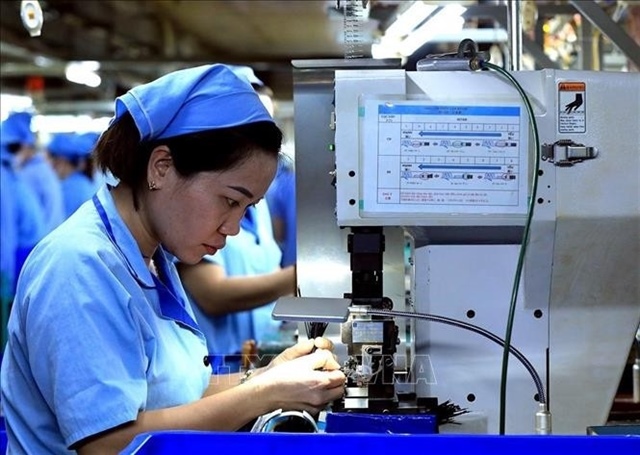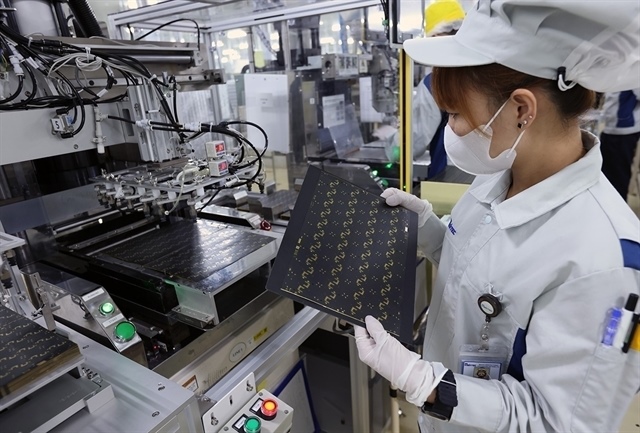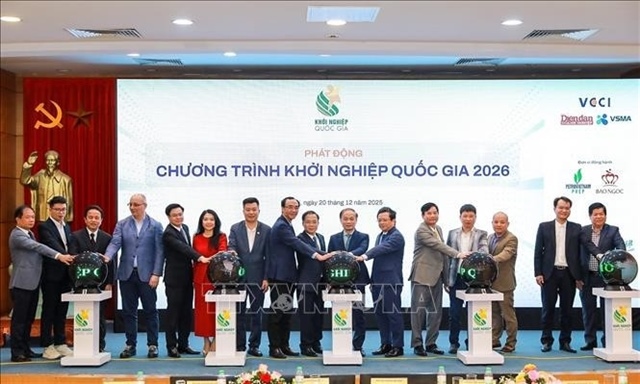SOEs required to divest non-core business fields, but proceeding slowly
SOEs required to divest non-core business fields, but proceeding slowly
State-owned economic groups have three more months to withdraw capital from non-core business fields as requested by the government. But they have only completed half of the goal.
MobiFone, called the ‘state’s blue-eyed boy’, has said it is following procedures to withdraw investment from TPBank and SeABank.At SeABank, the official website says MobiFone is a strategic shareholder which holds 6 percent of the bank’s stake by 2012. And the mobile network operator is also a strategic shareholder of TPBank in which it held 12 percent of stake.
The Vietnam Textile and Garment Group (Vinatex) also is in a hurry to withdraw capital from banks. Though its total investment capital in banks is not high, it holds a stake in many banks, including ACB, Techcombank, Eximbank, Maritime Bank and Navibank.
Injecting money into banks is considered a ‘fashionable business’ for SOEs, which held a large amount of state capital and wanted to make big profits from investments in lucrative business fields – finance and banking.
The high demand for capital after the country joined the World Trade Organization in 2007 gave strong advantages to the banking sector.
At that time, commercial banks were considered to have high potential for profits because they provided capital to the fast-growing economy. Investors rushed to set up commercial banks.
An analyst noted that the number of applications for bank establishment reached 25.
Powerful state-owned conglomerates all showed great interest in setting up commercial banks which they hoped could serve as both ‘money-makers’ and providers of capital to themselves.
The national oil and gas group PetroVietnam then asked for permission to establish Hong Viet Bank, but it failed to implement the plan.
However, it was still swift-footed enough to invest in GP Bank, where it held 9.5 percent of stake.
In 2008, the State Bank of Vietnam (SBV) decided to stop licensing new commercial banks. Therefore, licenses obtained before 2008 became rare and precious assets.
SBV, however, asked existing banks to increase their charter capital to VND3 trillion at a minimum to become stronger and more competitive in the global economic market.
The requirement then put pressure on small banks, especially rural banks which had turned into urban banks just months before. The small banks then had to grow within a short time.
PG Bank is an example. The bank’s charter capital was VND135 billion in 2005, but the figure rose rapidly to VND1 trillion in 2007, then to VND2 trillion in 2009 and VND3 trillion in 2010.




















